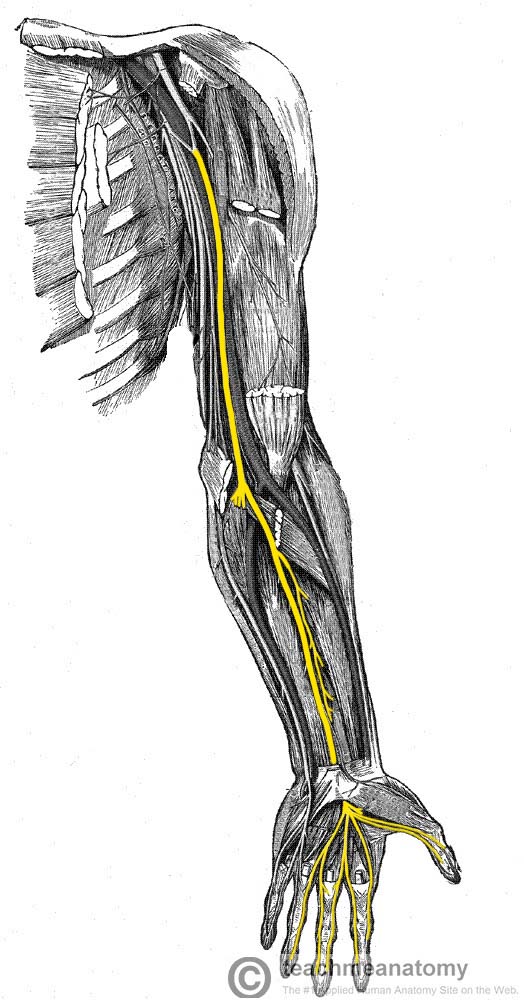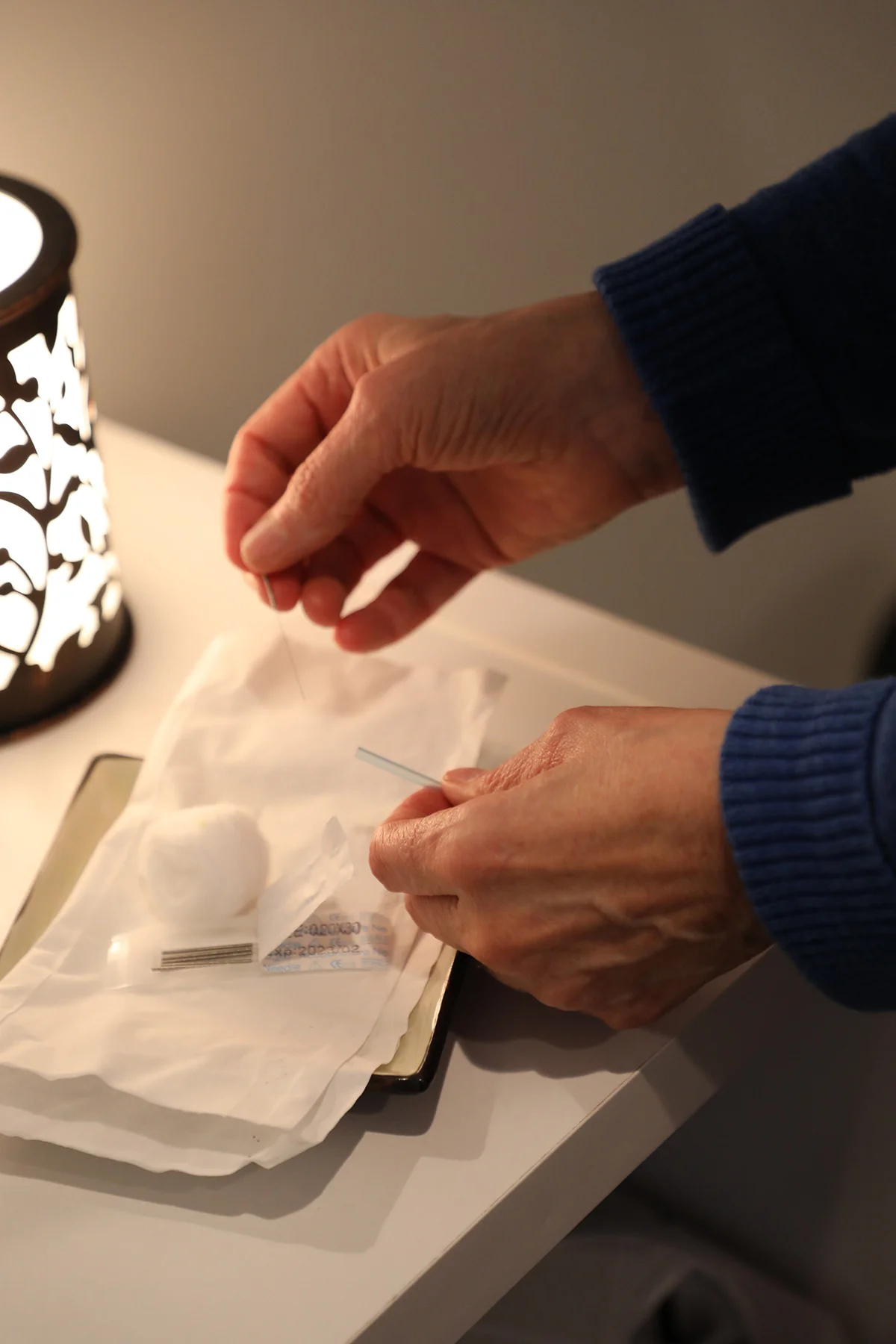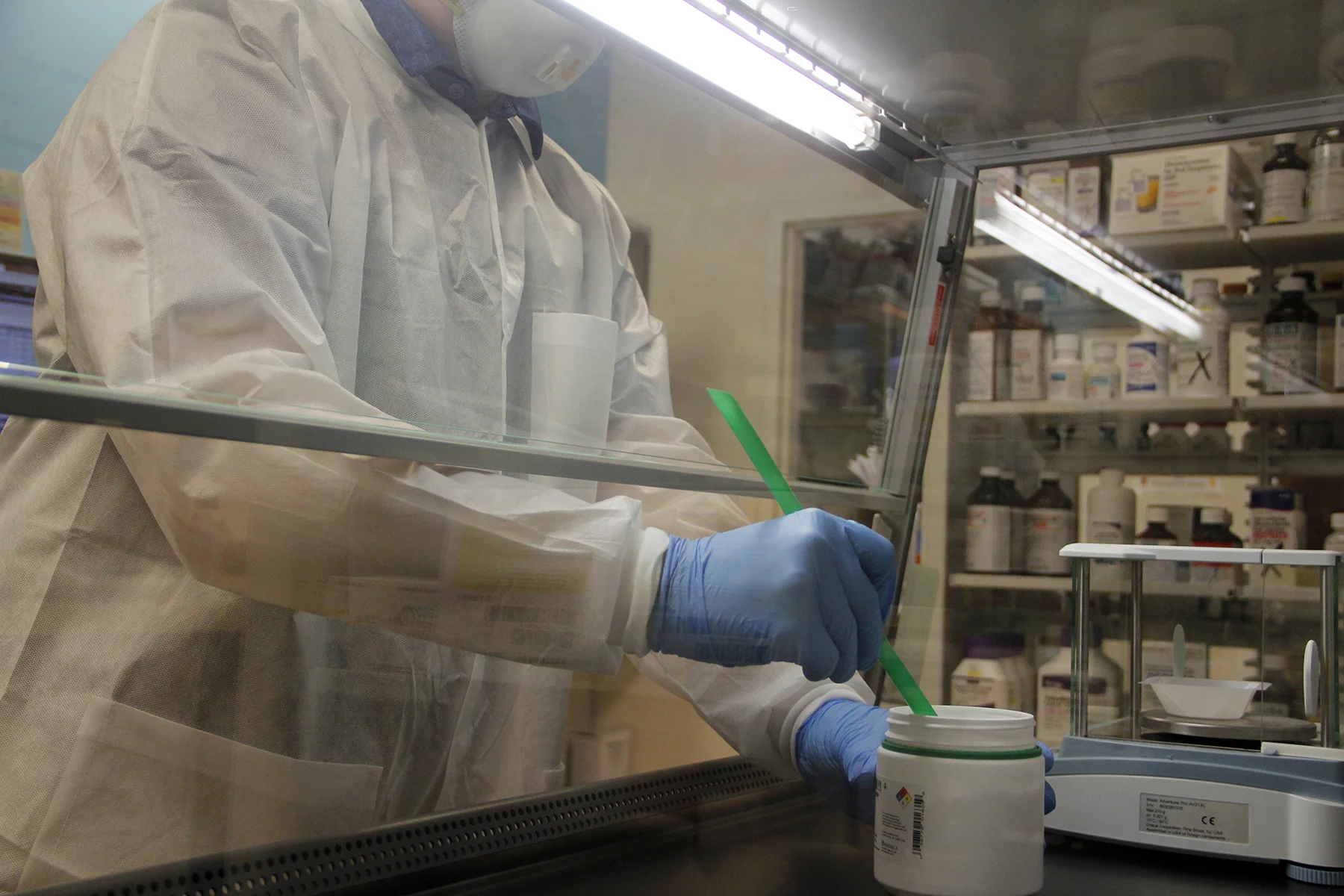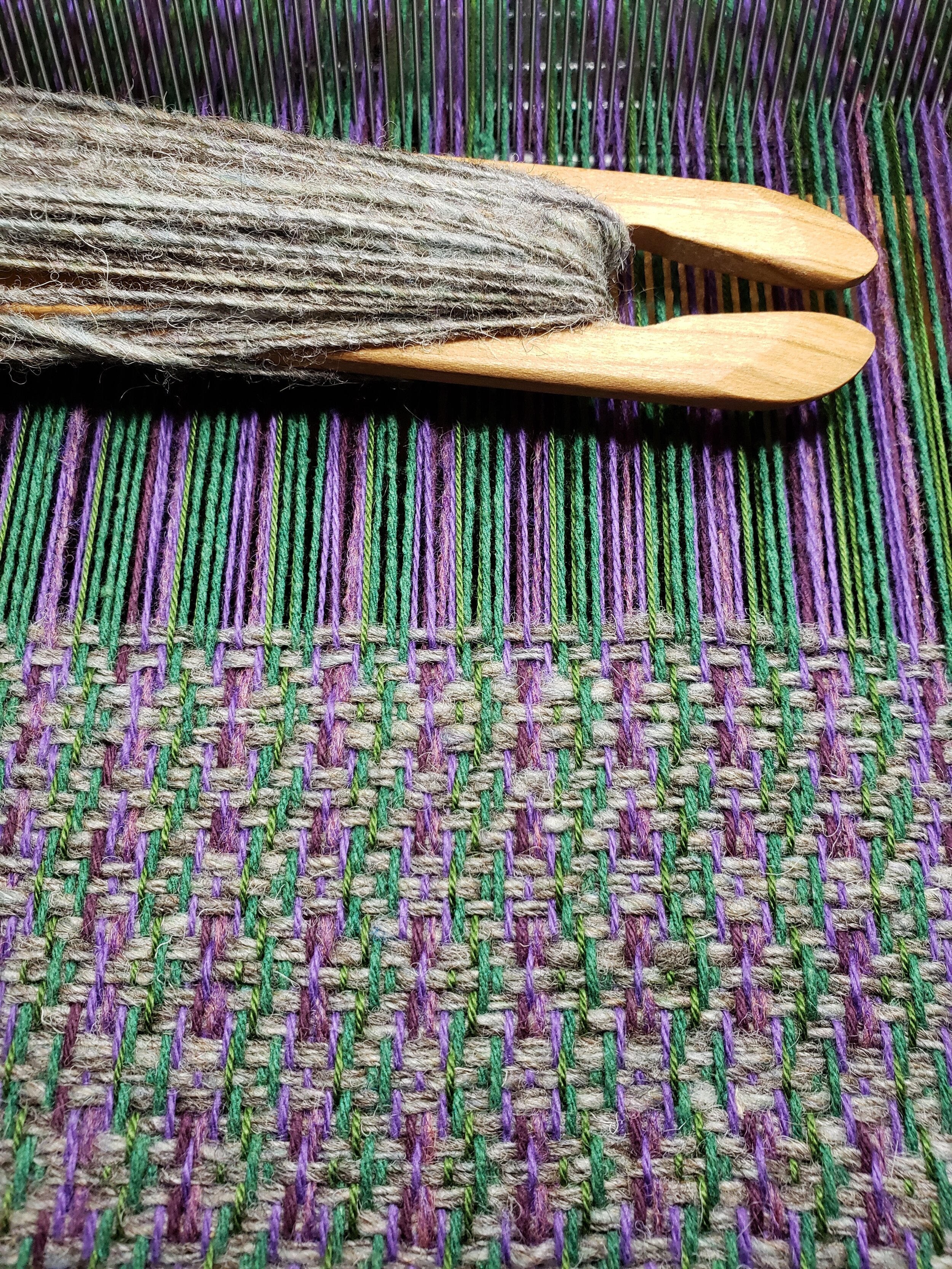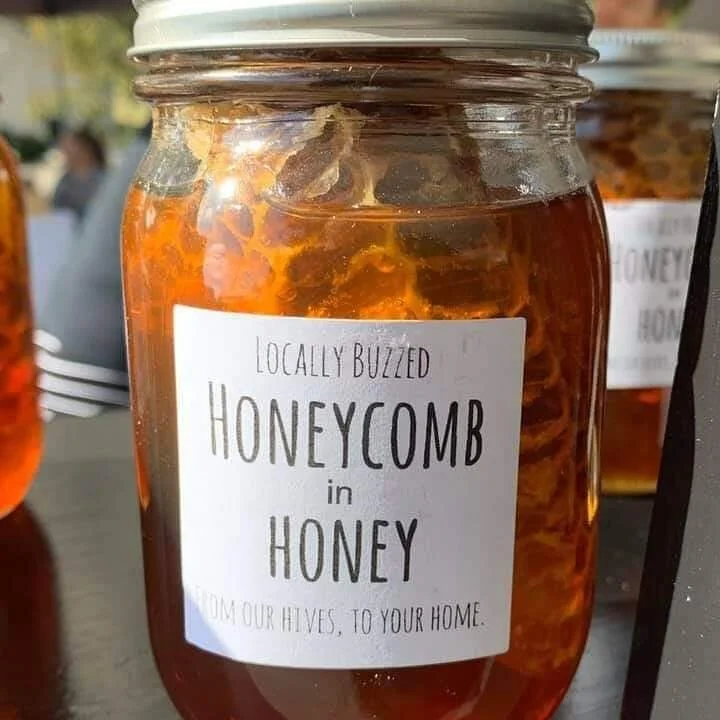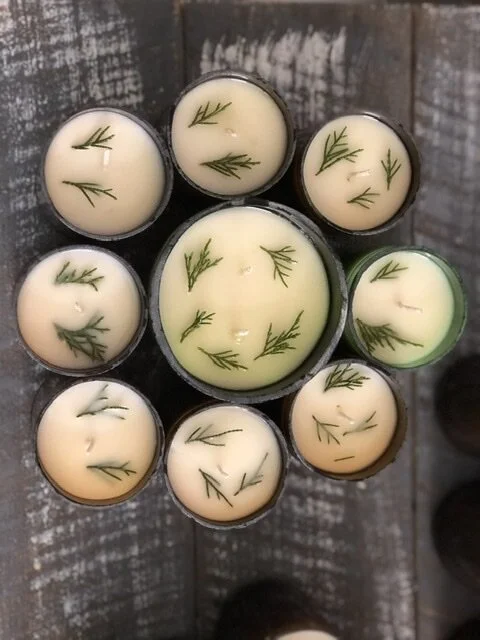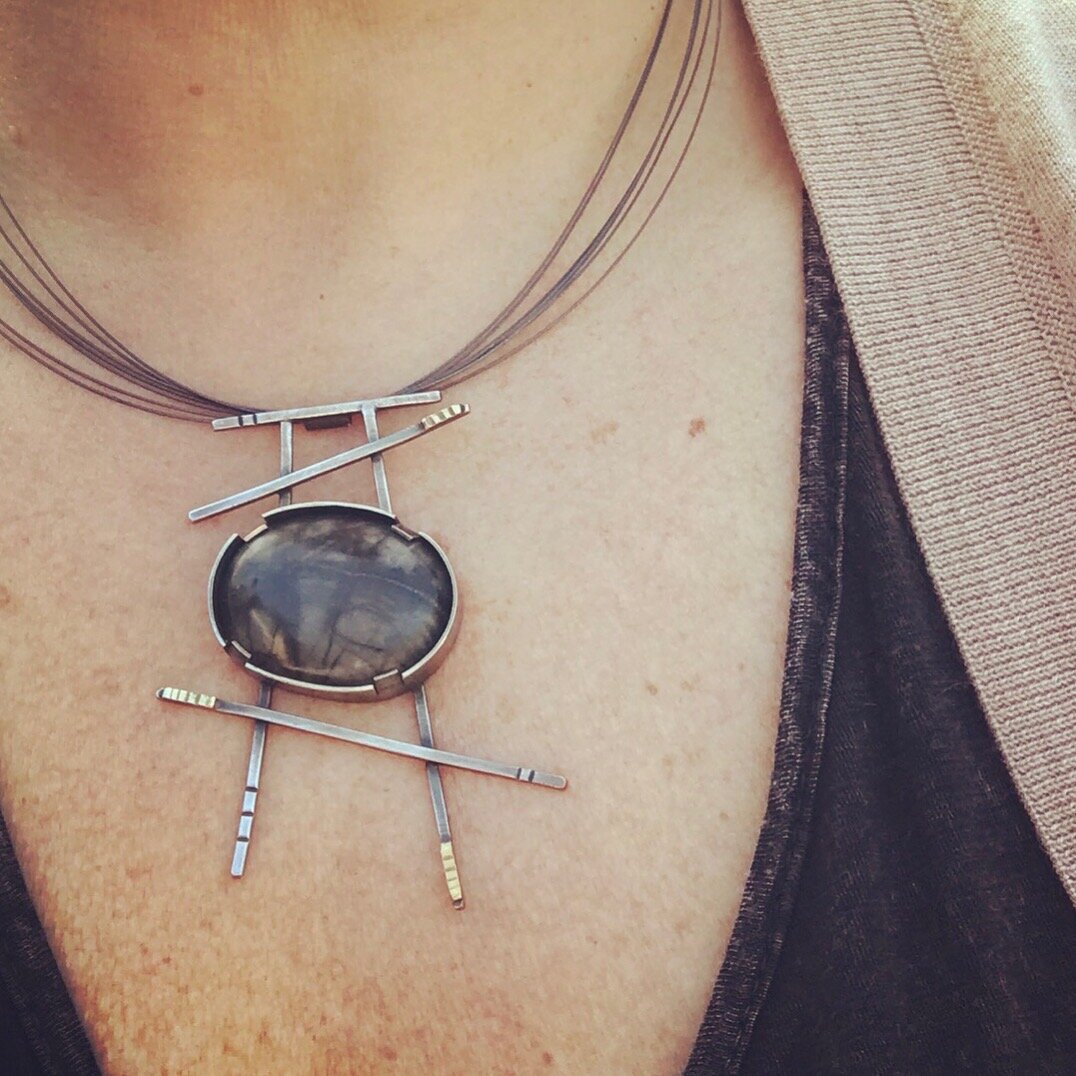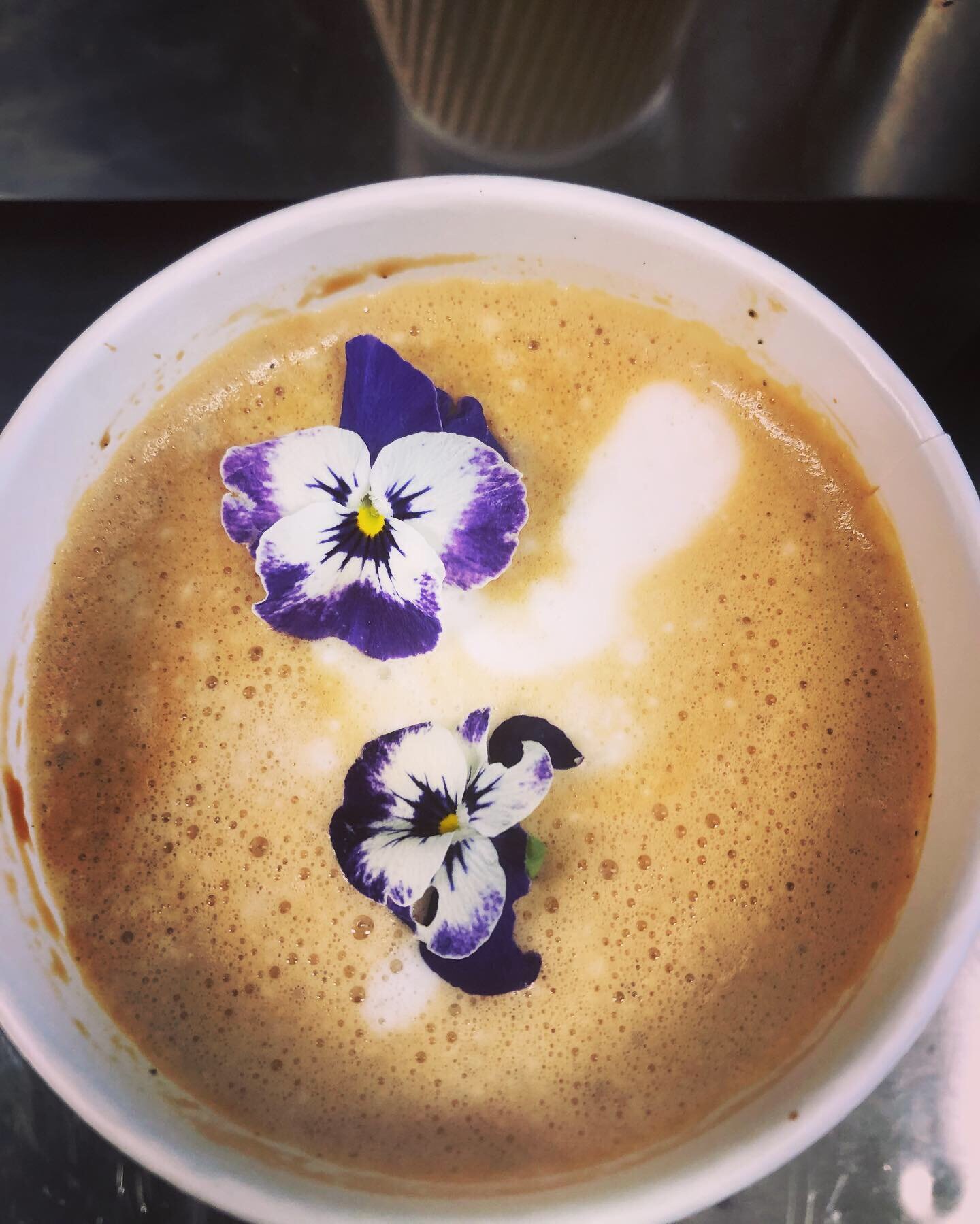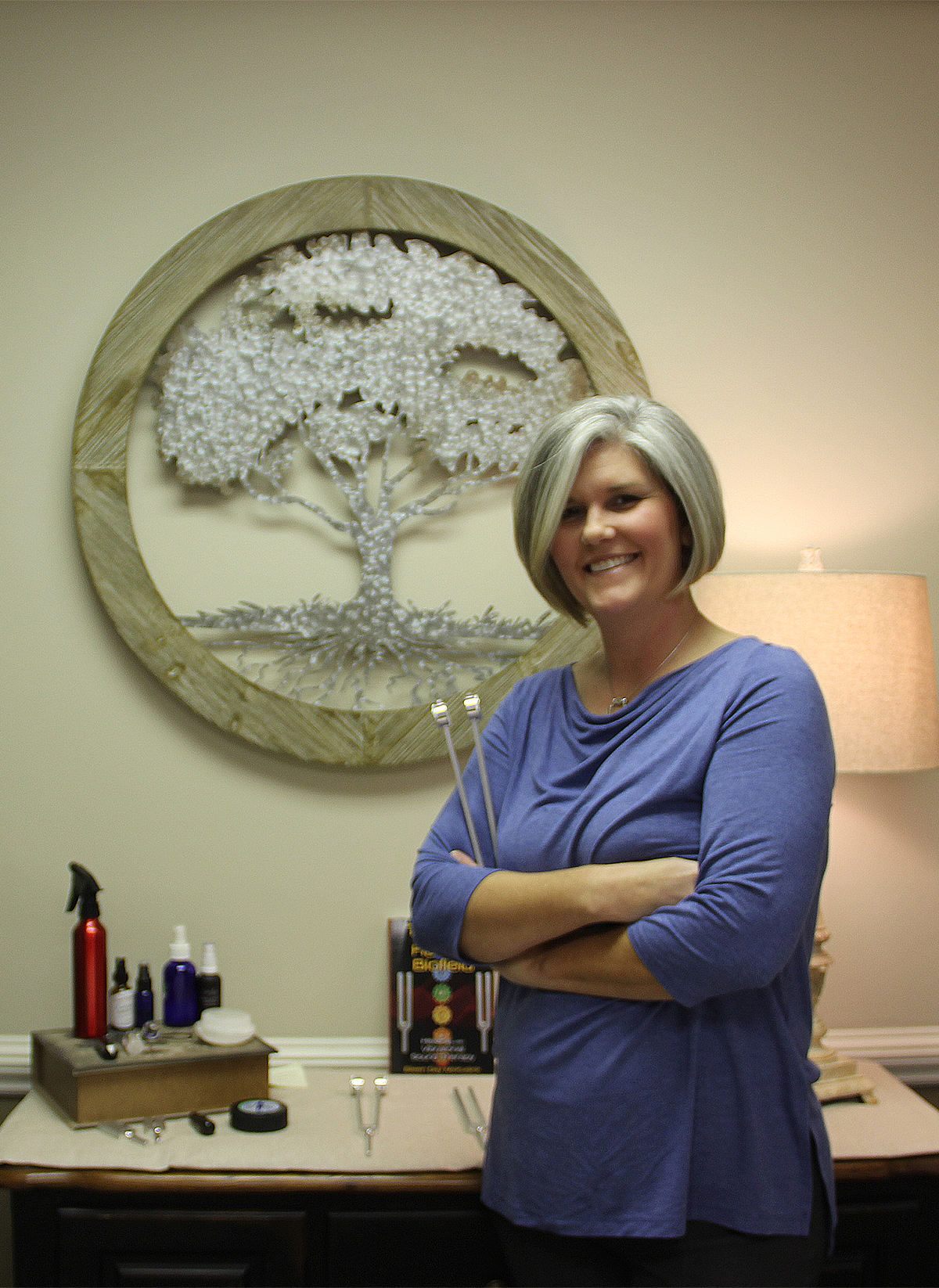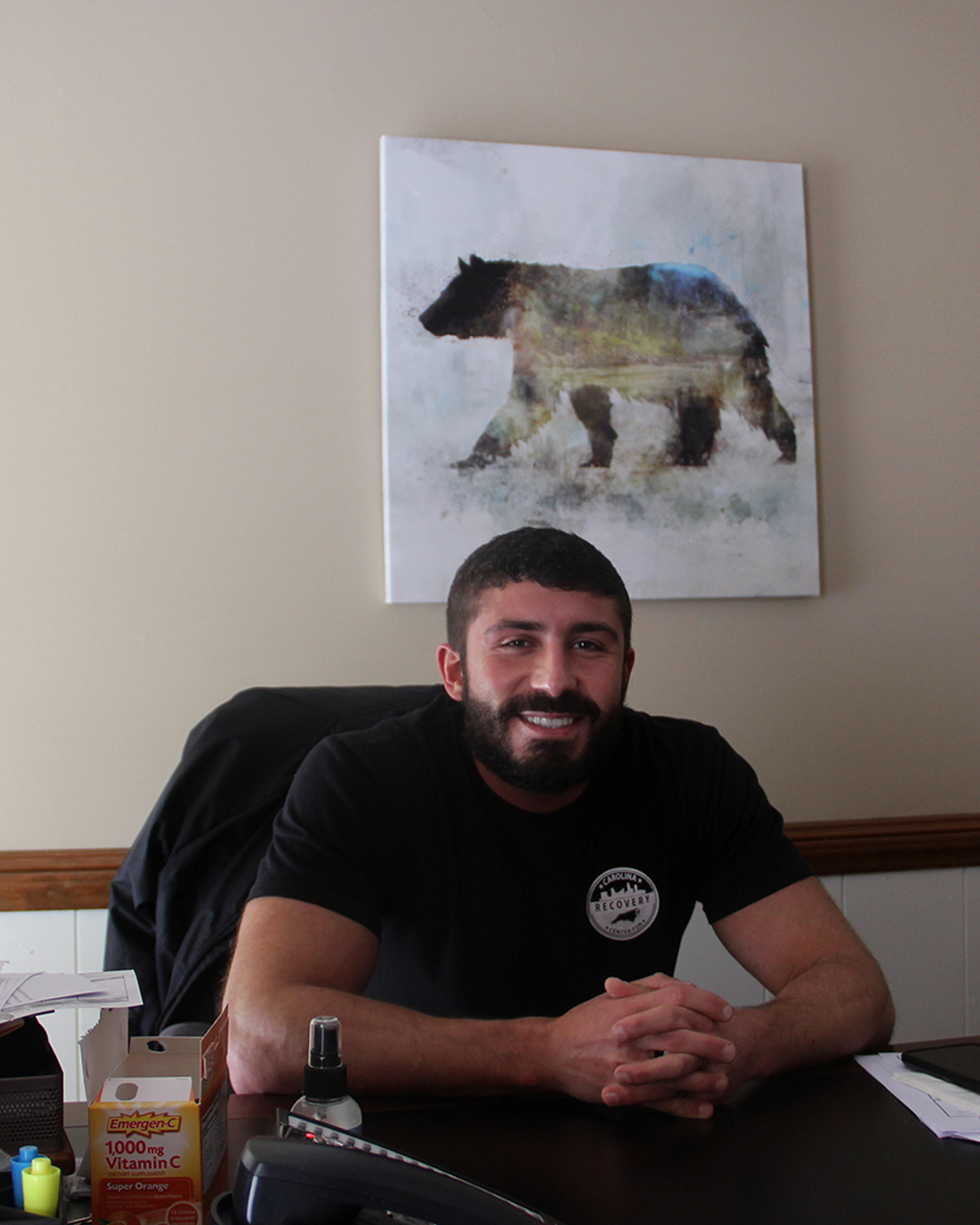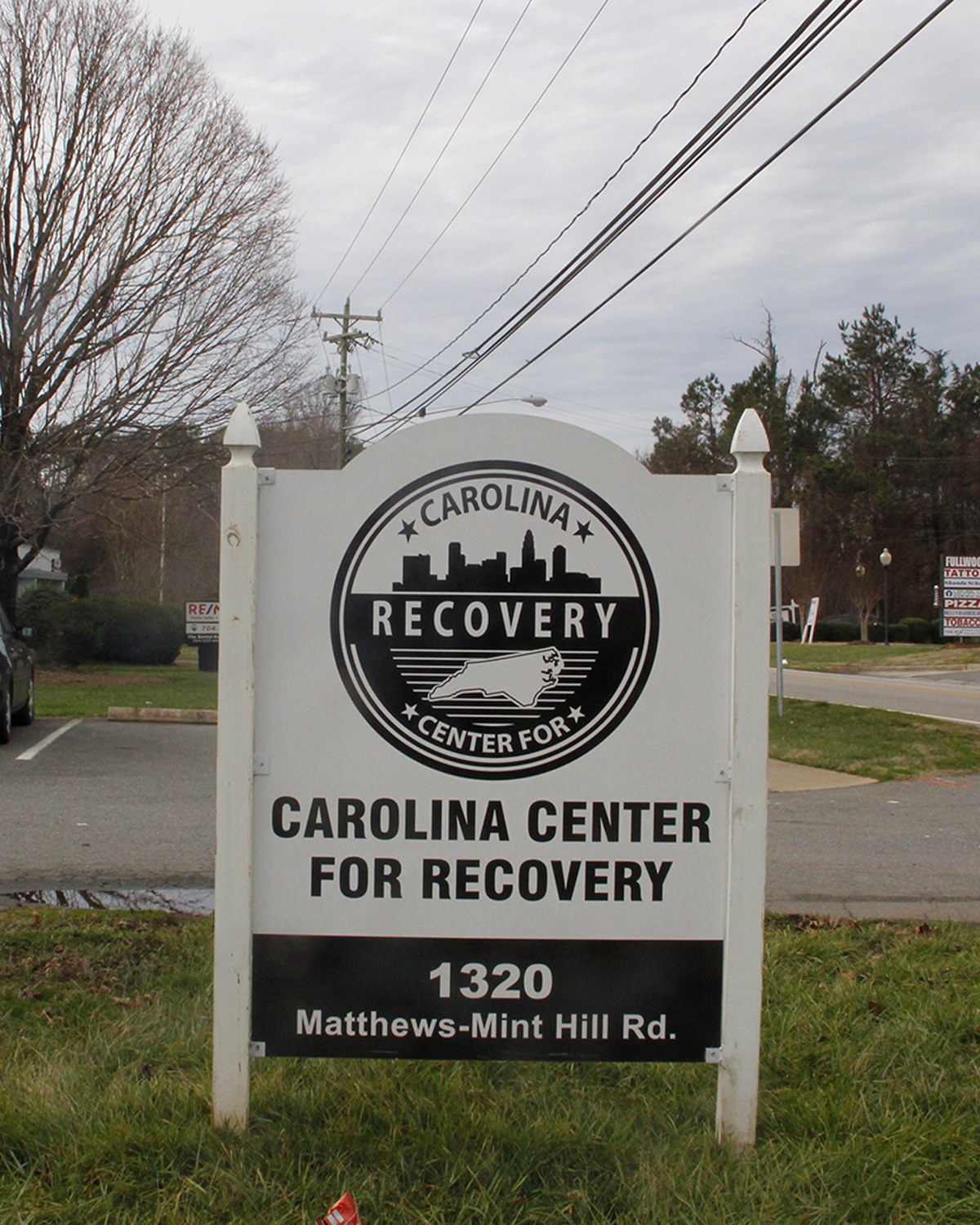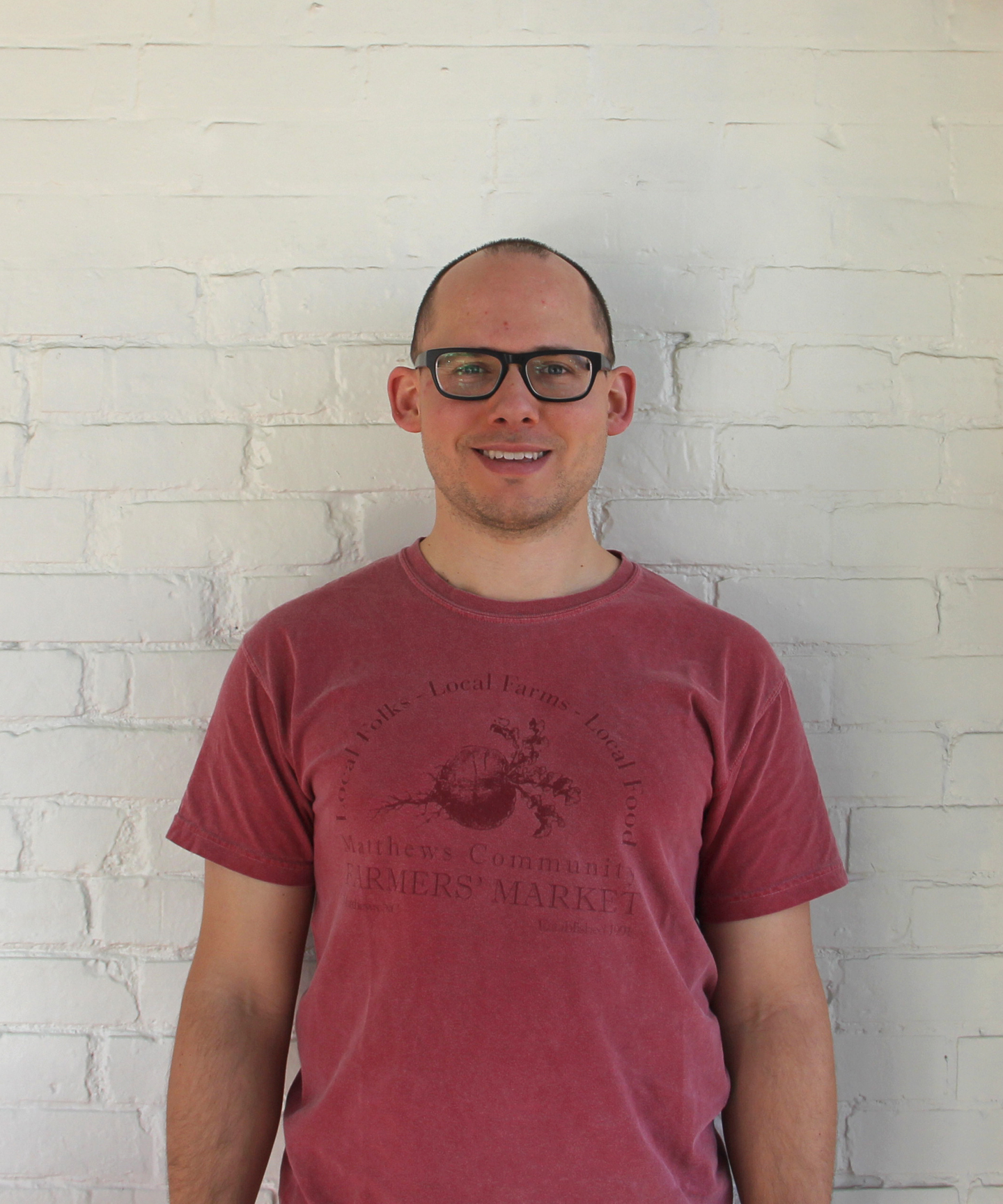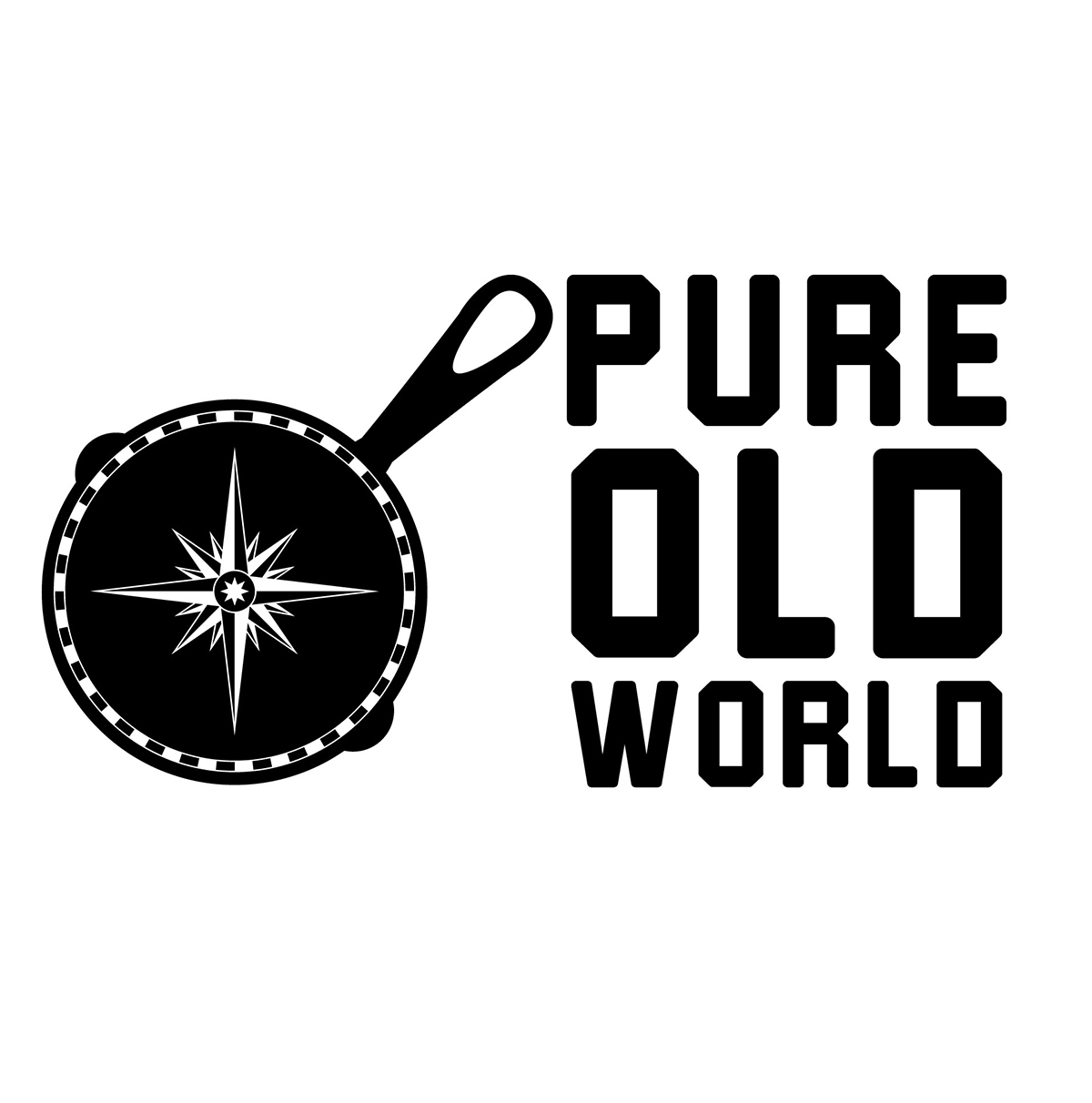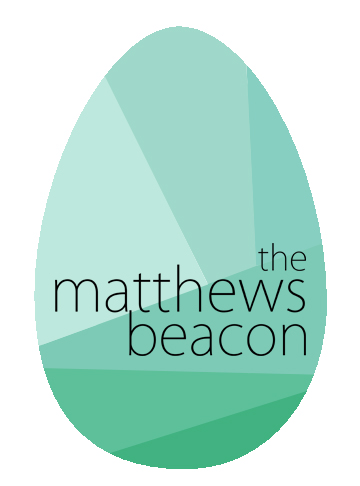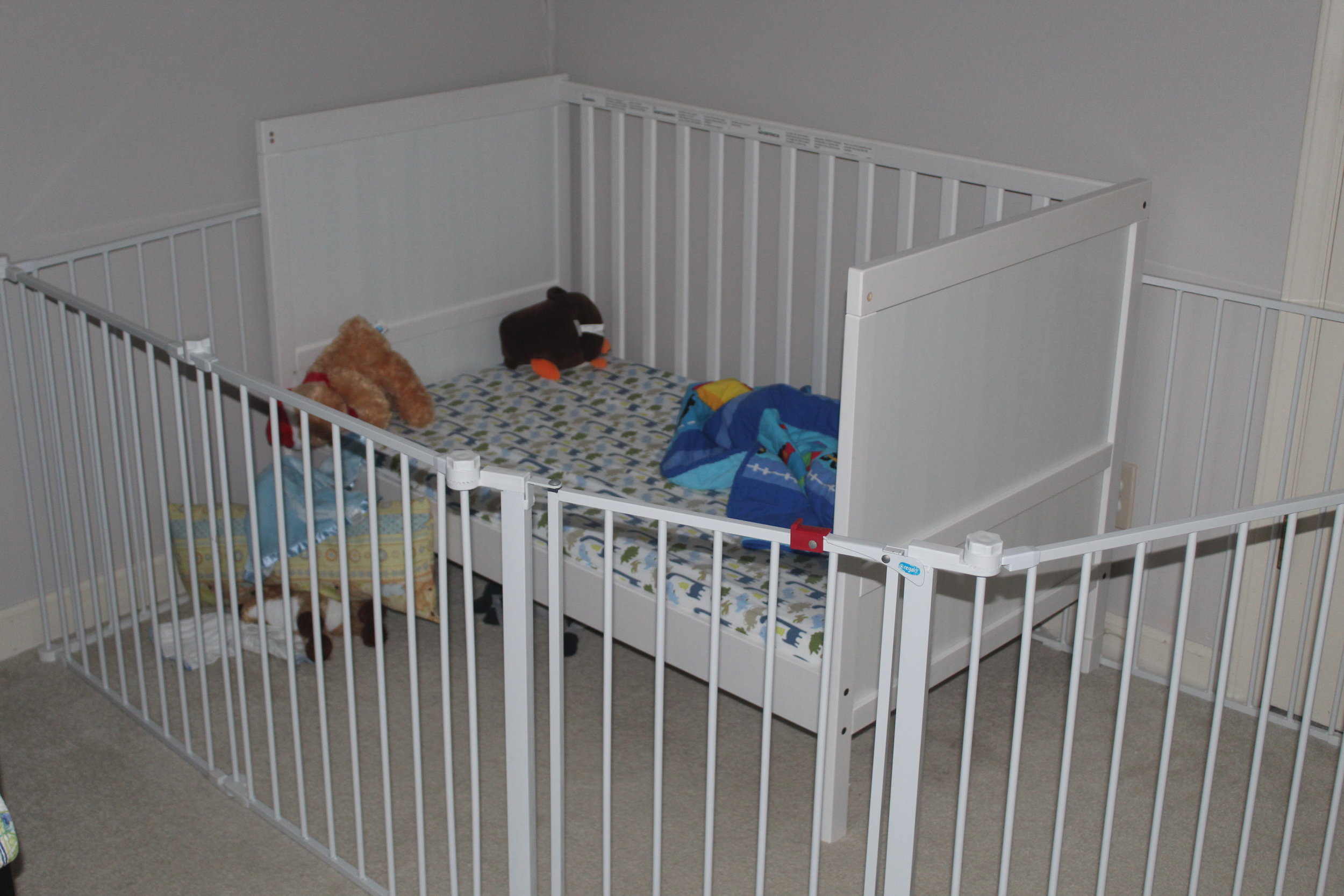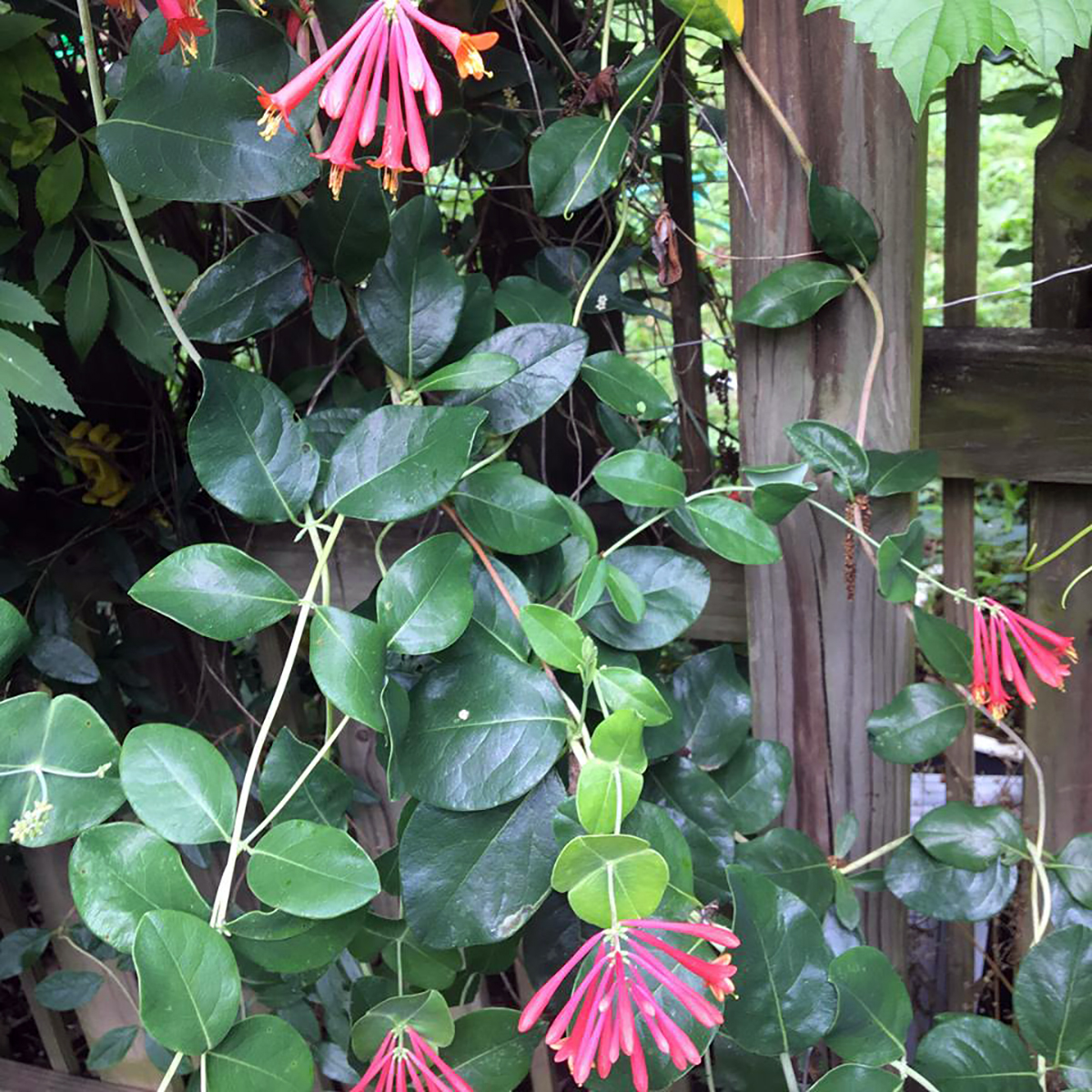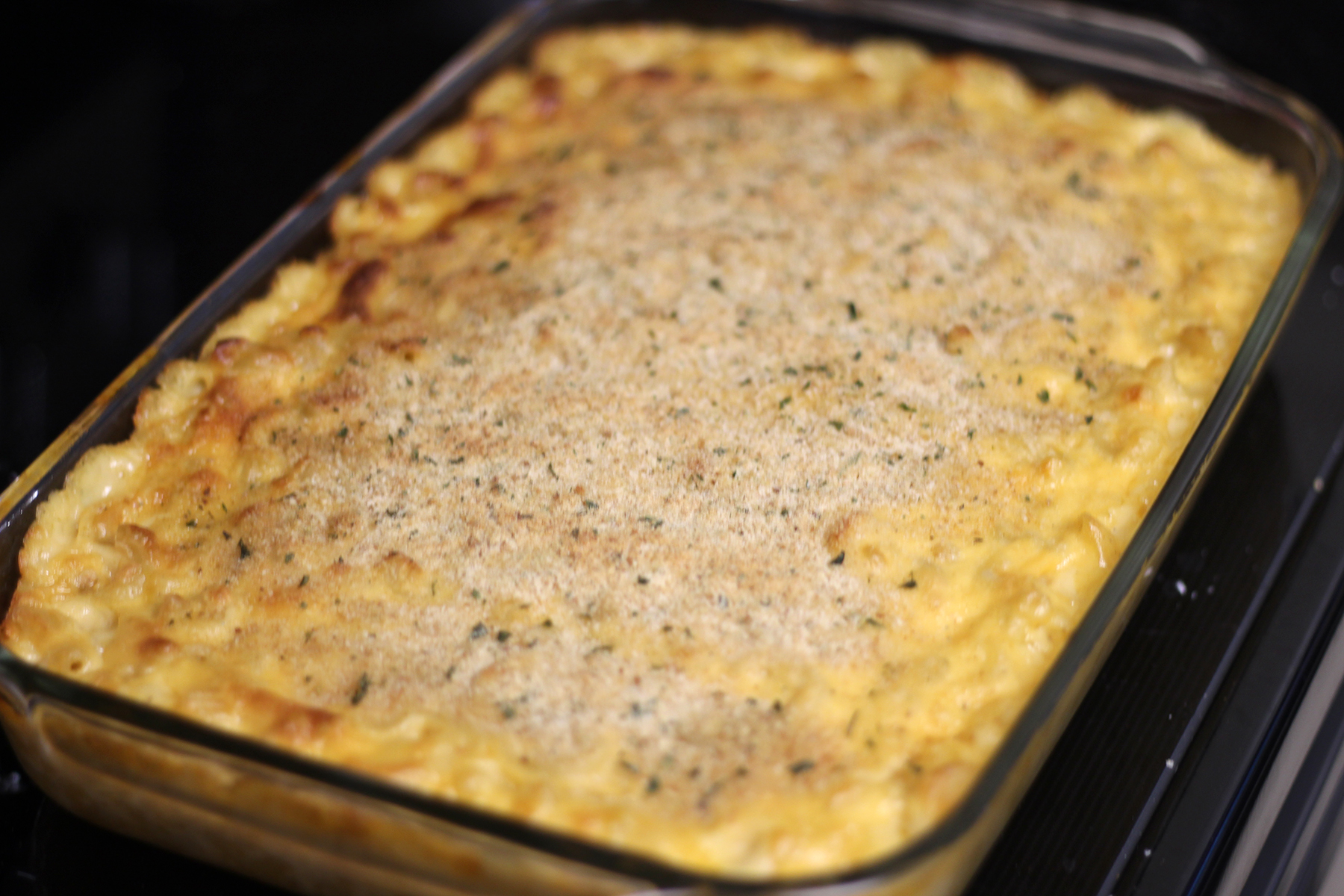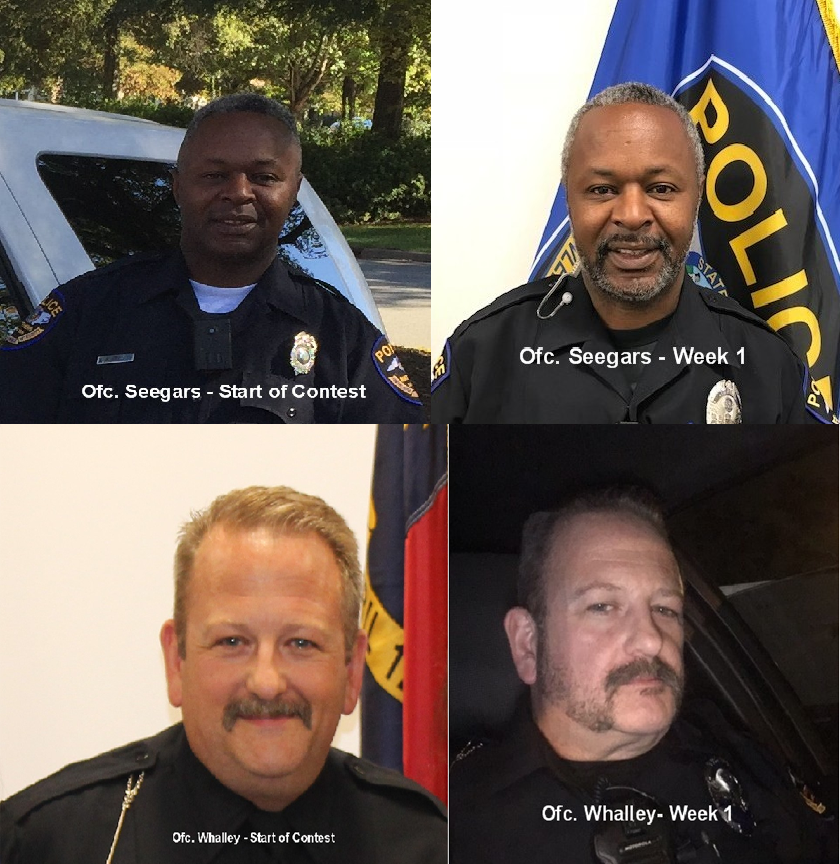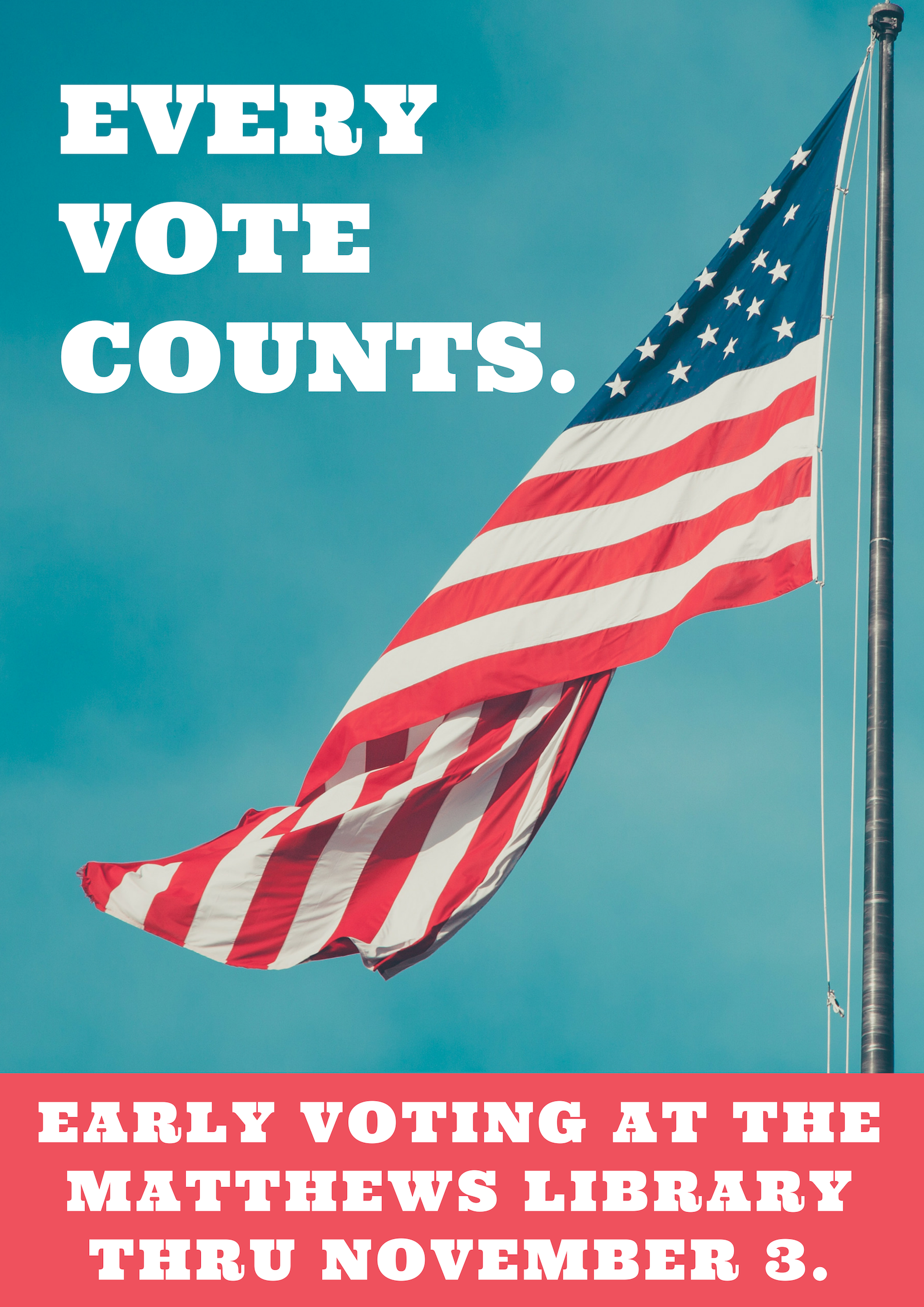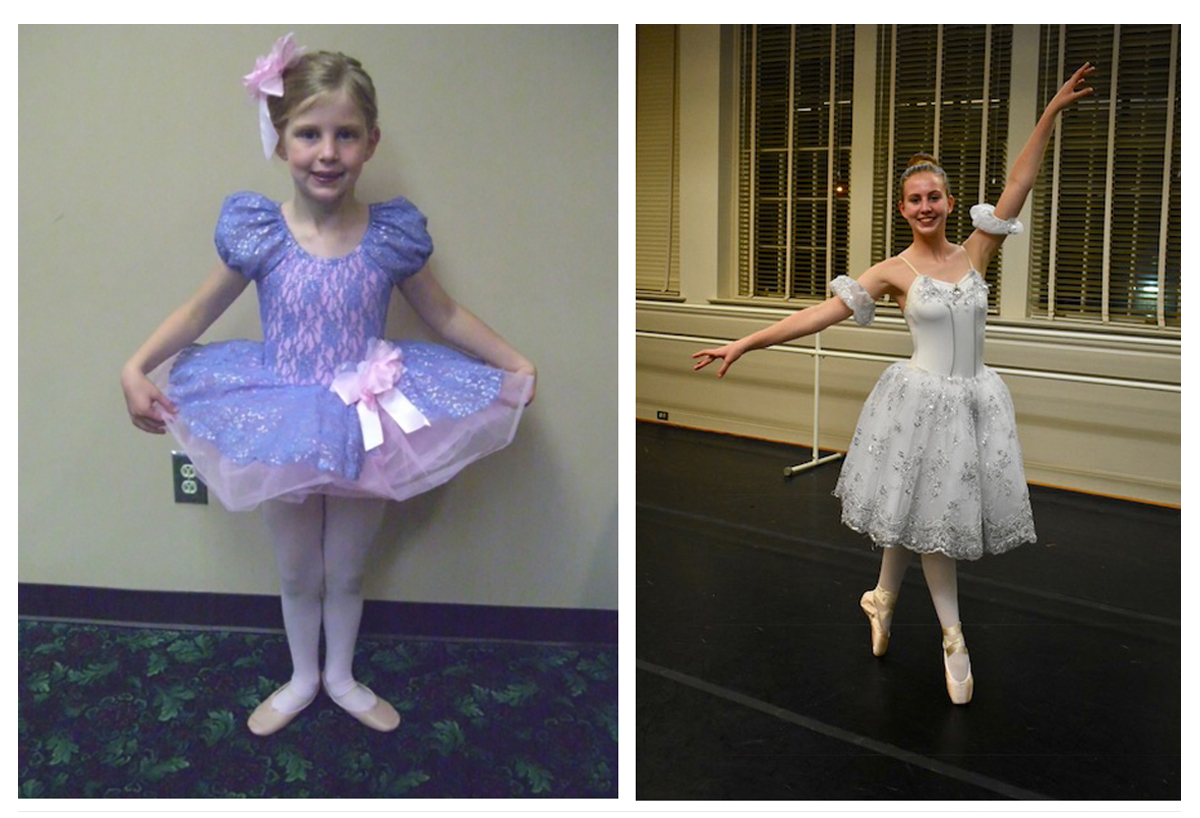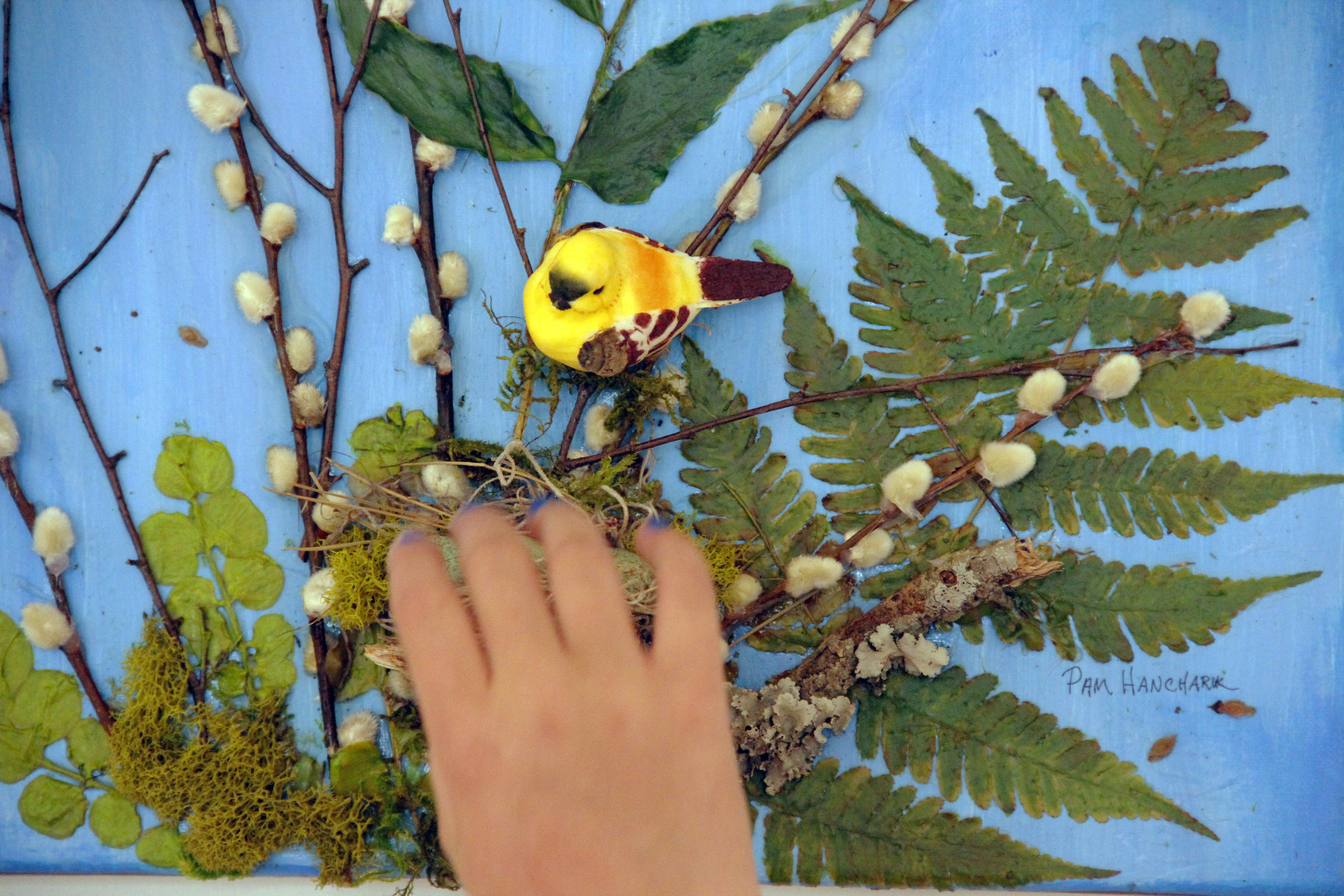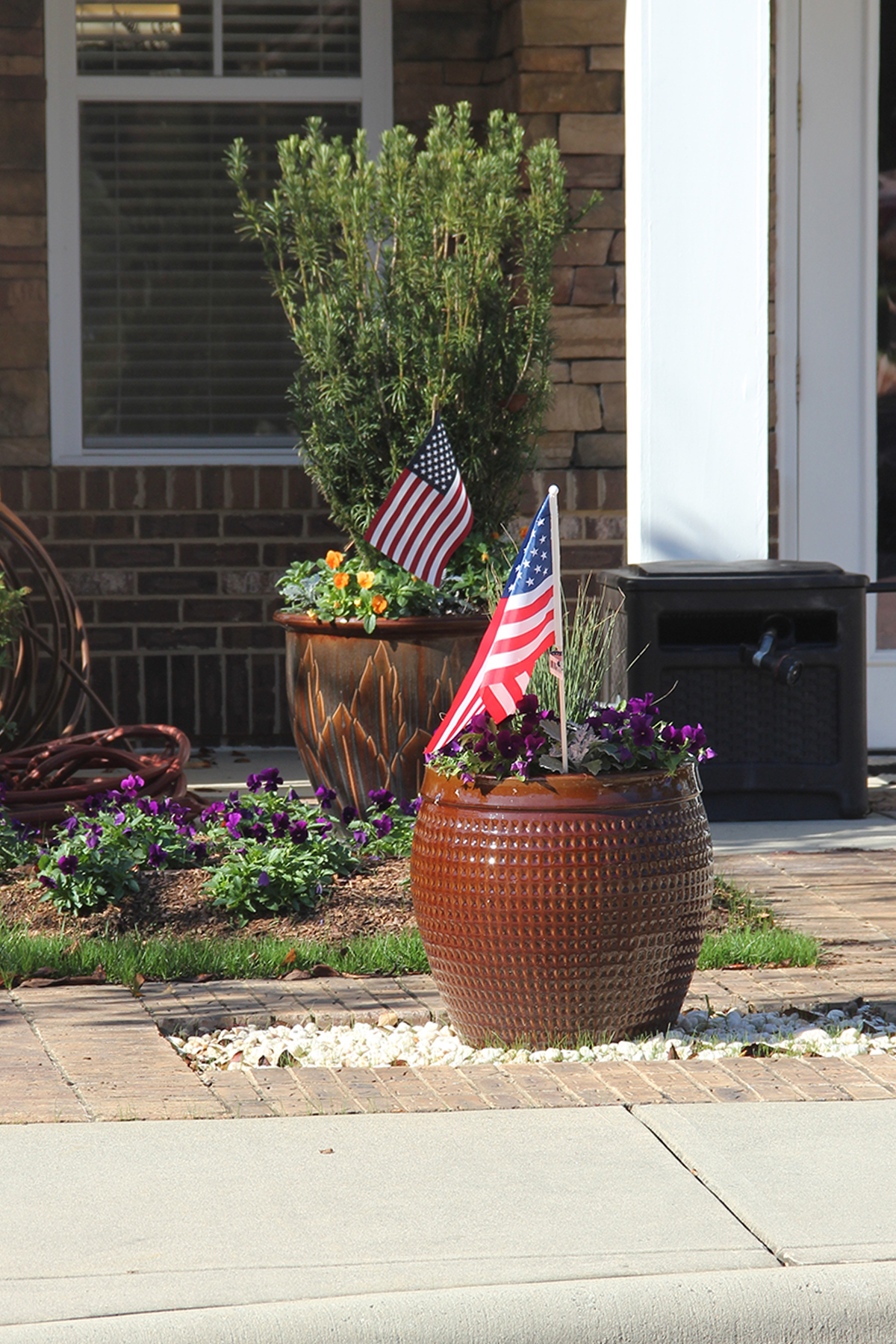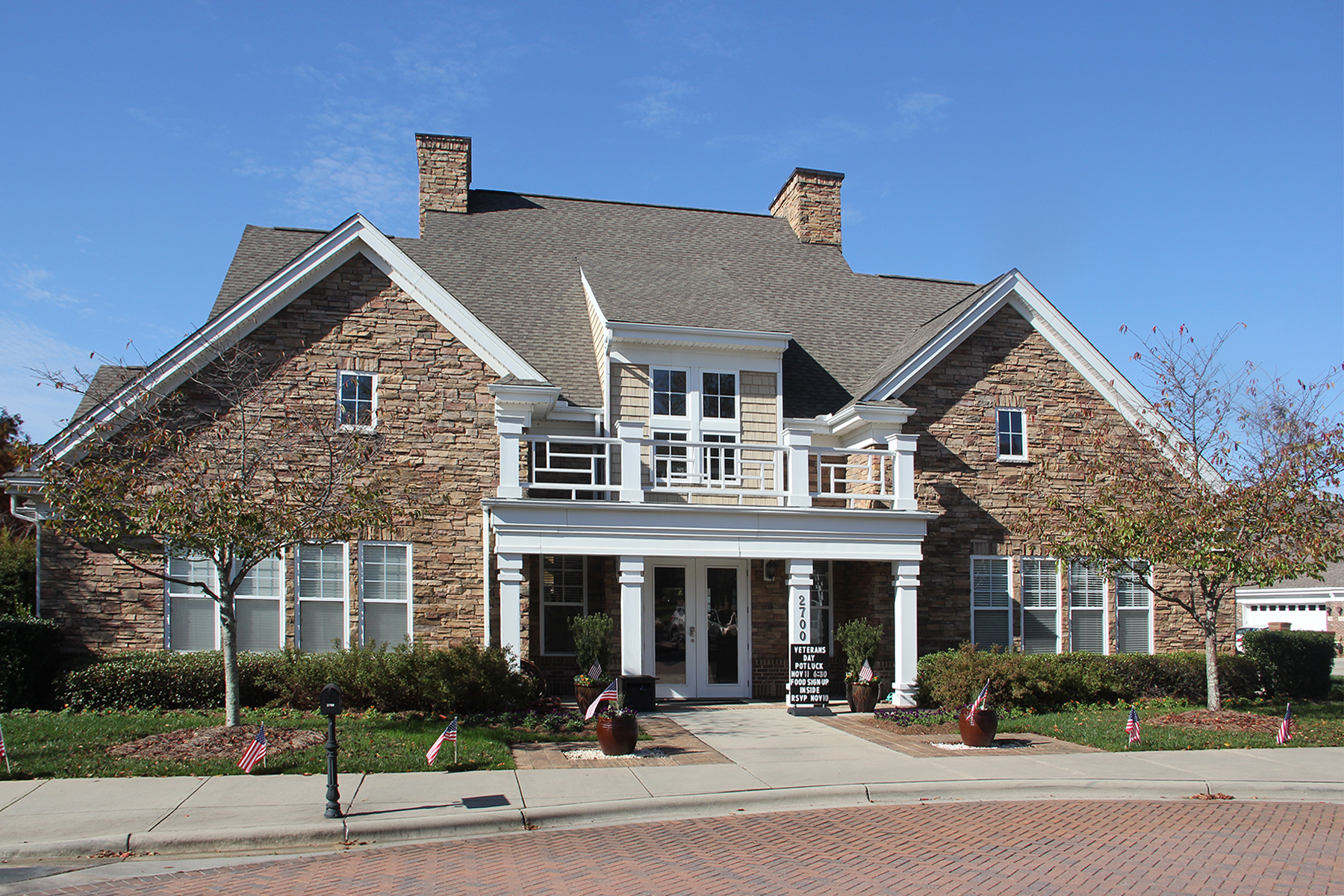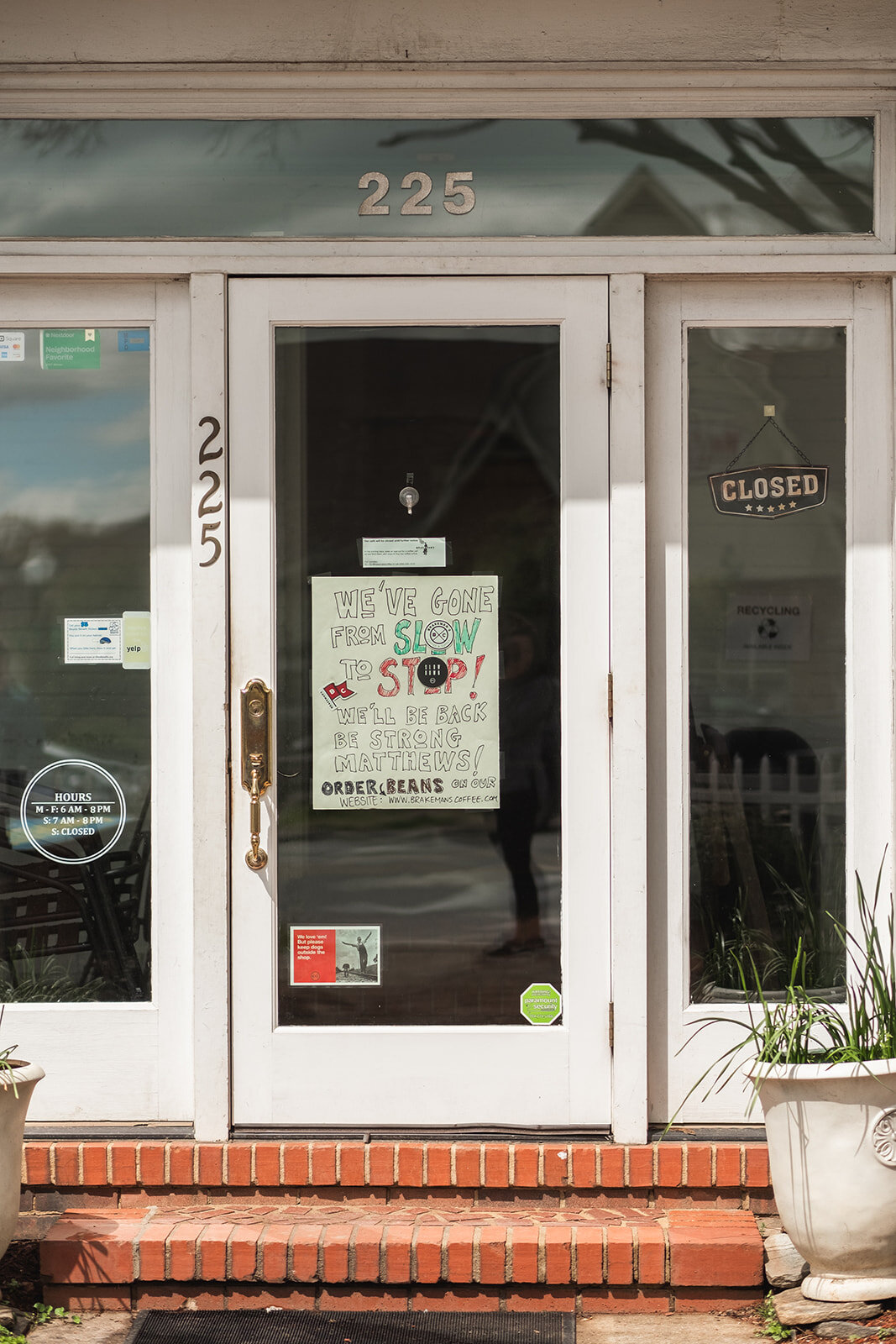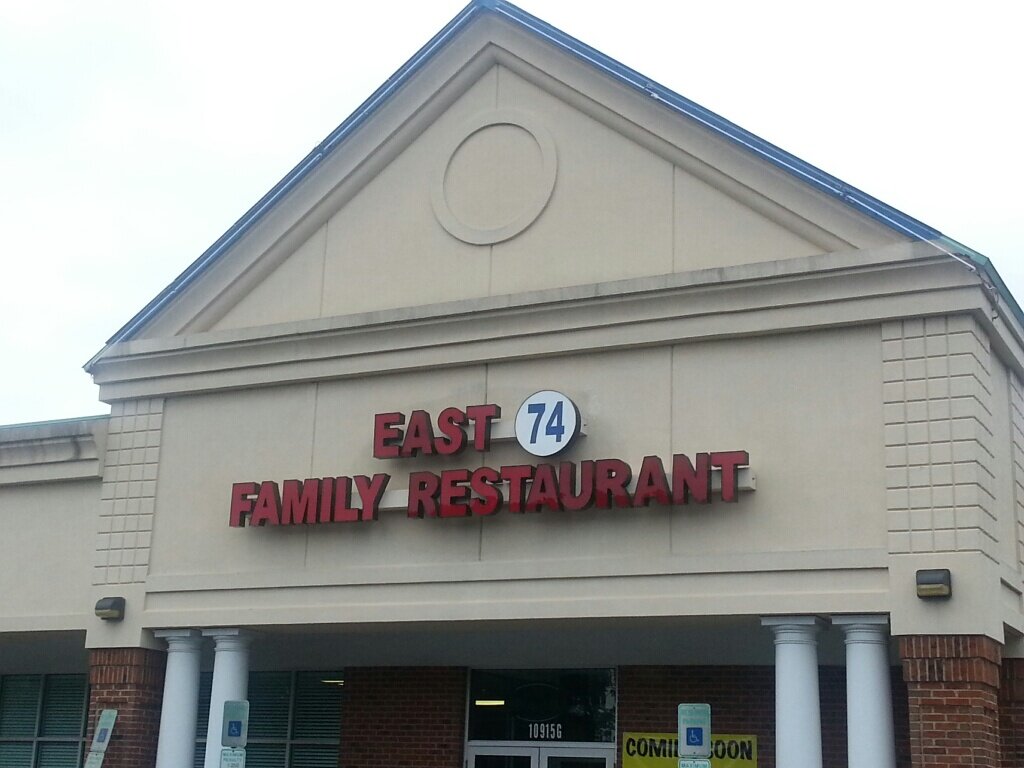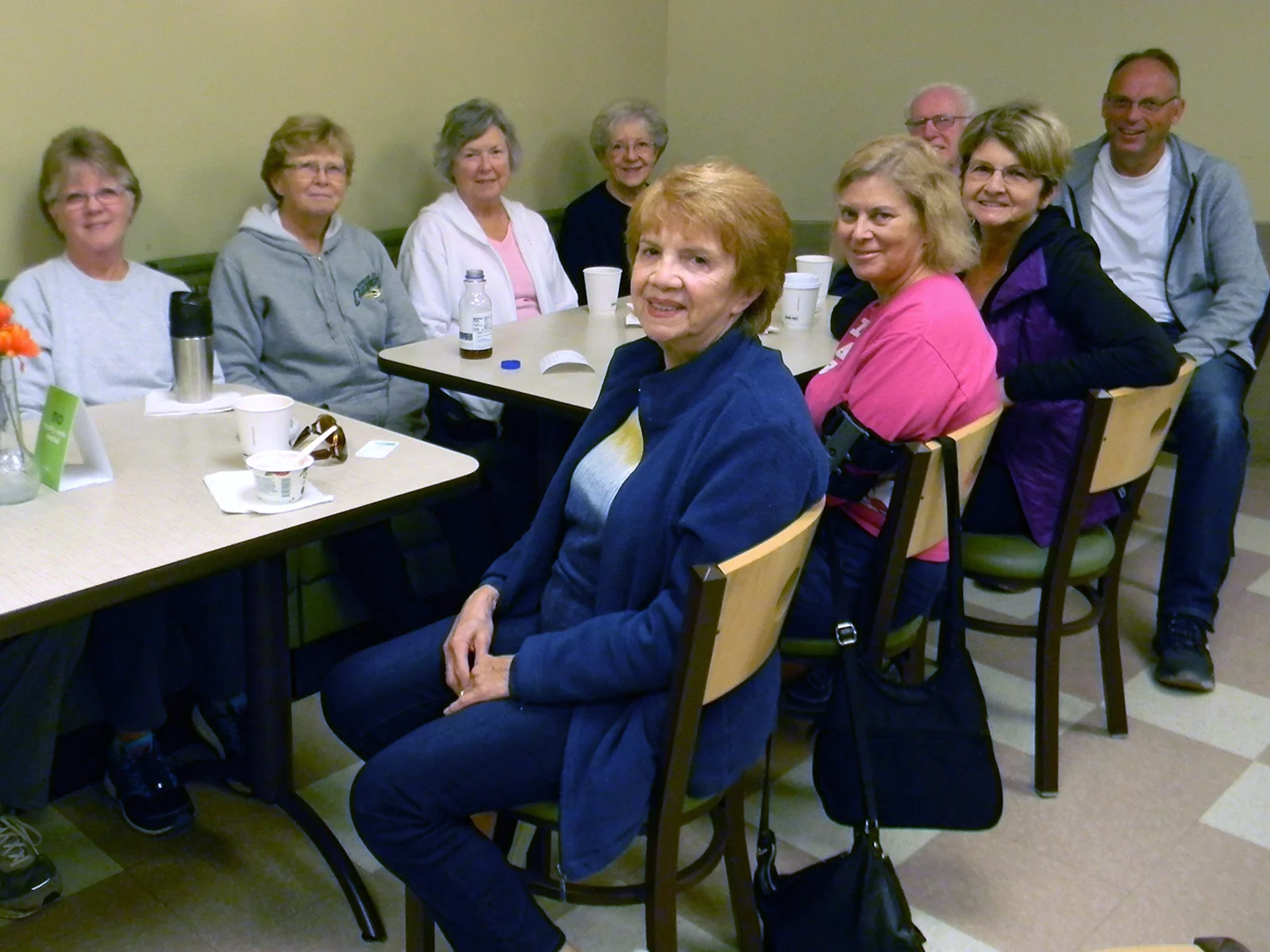Shorter days and colder weather cause people to stay inside more, reducing the amount of natural vitamin D they make, which is a key immune system booster.
The human immune system is highly complex and multi-faceted. Seemingly an infinite number of things can affect our internal landscape and alter how our immune system defenses respond to and fight foreign invaders to keep us healthy. The misconception a lot of people have is thinking that we want a super active immune system that is like Rambo, an ultimate killing machine! Really what we want is a balanced immune system, that neither swings into hyperactivity nor falls into decreased function. If our immune system functions too high, we end up with autoimmune disorders – this is when the immune system attacks our body’s cells, not just foreign invaders, if it is not functioning as it should, when exposed to germs we get sick and have to fight off an illness.
Did you know that just the time of year can affect our immune system function? Just the fact that the daylight does not last as long can cause our immune system to be less responsive. Shorter days and colder weather cause people to stay inside more, reducing the amount of natural vitamin D they make, which is a key immune system booster. An alternative for the individual not wanting to go outside is supplementing Vitamin D into their diet.
Another thing that can depress our immune system function is increased sugar intake. High sugar intake causes a process in the body that creates an inflammatory response. This inflammation taxes the immune system making it more difficult to fight the germs it needs to. Decreasing sugar intake and getting 15-20 minutes of sunlight each day can normalize and improve immune system function.
One last note on stress, our immune system is affected by the presence of the stress hormone Cortisol. Increased levels of Cortisol in the body will fatigue our immune system to the point where it cannot keep up with the presence of foreign material. This is why people who are undergoing chronic stress tend to get sick more frequently. Finding ways to manage stress around the holidays can keep you out of the doctor’s office!
Remember the goal is to have a balanced immune system. Enjoy your holiday, get some sunshine or supplement vitamin D, reduce sugar intake, and manage stress for a healthy holiday!
Dr. Jeremiah Morgan is a licensed Chiropractic Physician, Certified Strength and Conditioning Specialist, and Certified Active Release Technique provider. He practices in Downtown Matthews at Pro Active Chiropractic.











